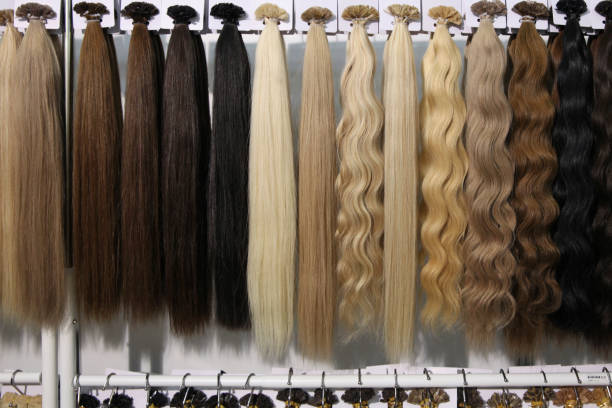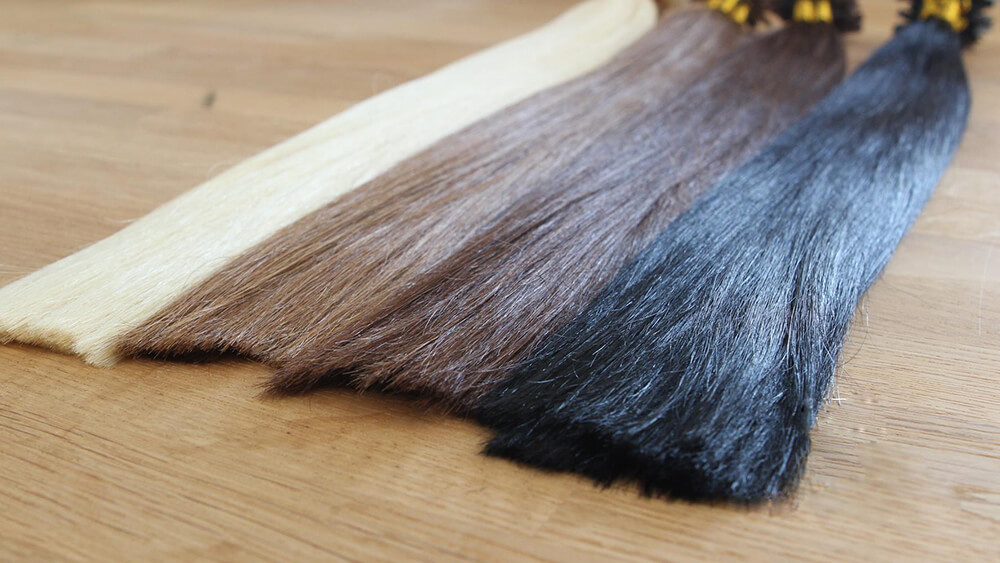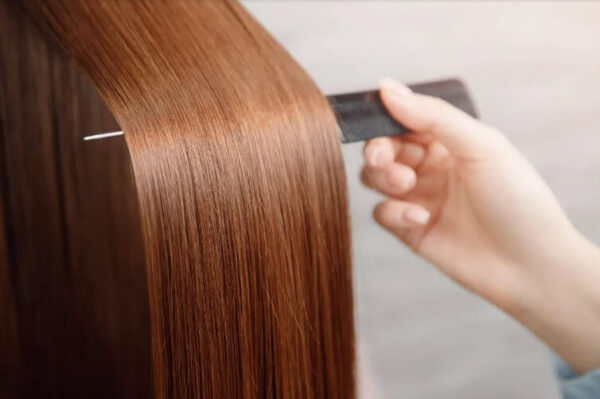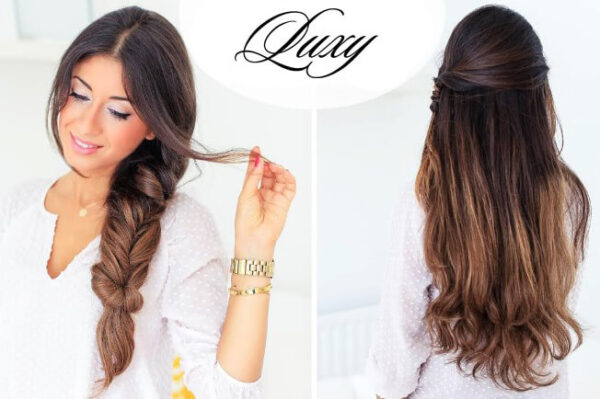As an early hair extensions manufacturer, we have over 10 years experience in processing hair extensions. we noticed an increasing trend among hair salons purchasing hair extensions directly from hair factory and opting to use their own brands. This suggests a desire to strengthen their brand recognition in customers’ minds and encourage repeat orders in the near future.
While hairdressers may use hair extensions every day, many of them have limited knowledge about hair extension grades and quality.
There is another customer group that plans to open a hair store and is searching for hair extensions worldwide. They request various prices but are still unsure about how to choose the best hair extensions. It’s important to note that no business should solely be based on price, and the hair extensions business is no exception.
In this article, Tony will introduce different grades of hair extensions and provide guidance on selecting the best quality hair extensions for your business.
Hair Material by Country
The hair extensions available in the market are typically sourced from China, India, Burma,Vietnam, and a smaller portion comes from Europe.

Indian Hair & Burmese hair
It is well known that African American women are the primary consumers of hair, and almost all hair for black women comes from Burmese or Indian sources. The natural color of these two types of hair is black, which meets the needs of African American women very well.
European Hair
Undoubtedly, European hair is considered the best match for European women. However, there is limited availability in the market, and the price is much higher, making it unaffordable for many.
Another reason for the scarcity of European hair extensions in the market is that the hair is collected in Europe, but the processing is mostly done in China. Some European hair companies do ship the hair to Chinese hair factories for processing before shipping it back to Europe.
Chinese Hair & Vietnam Hair
Chinese hair is similar to Vietnamese hair, and they are the primary sources for creating various human hair extensions for white women, especially Chinese hair. There are two main reasons for this. Firstly, China has a large population, and secondly, it possesses the most advanced hair processing capabilities.
Actually Chinese virgin hair is used to make top grade hair extensions.The Chinese virgin hair can be dyed to different kinds of colors to meet the color needs on the market.
Hair Extensions Grade by Hair Material
Virgin Hair
The highest grade of hair is Virgin Hair, which is collected from a single donor. It is essential that the hair is undyed and in a healthy condition.
Most of this hair is directly cut from the heads of girls or young ladies. After cutting, the hair is bound with rubber bands to maintain the right direction from root to tip, ensuring that the cuticles are aligned in the same direction.
As a result, this type of hair is less prone to tangling and shedding due to its proper alignment and healthy condition.
Ther Virgin hair commands a higher price due to its superior quality,compared to other grades. It is typically used in high-end hair salons and for the women who persue best hair extensions and have enough budget to bear the price.
Virgin Hair with Cuticle
These virgin hair strands can retain all their cuticles during processing. This type of hair tends to be slightly thicker than others, and you can feel the roughness of the cuticle, unlike the silky textured hair.
However, hair with cuticle protection generally lasts longer than other types, so some customers prefer this option, especially if they can accept the thicker texture.
Virgin Hair with Part Cuticle
These virgin hair strands are slightly processed with acid to remove part of the cuticles, resulting in the hair becoming thinner, softer, and silkier.
This processed hair is more similar to European hair and is preferred by many customers from the EU or the US.
Remy Hair

Remy hair is a medium-grade human hair. The majority of this hair is collected from hair salons and may shed when combed.
These types of hair have their roots and ends not aligned in the same direction. They need to be processed with a hair inversion machine to align the hair in one direction.
This greatly reduces the possibility of tangling. Additionally, these hair strands undergo an acid treatment to remove unhealthy cuticles, resulting in smoother and tangle-free hair overall.
Remy hair is much economical than virgin hair, if you are looking for medium grade hair extensions, the remy hair can match these needs.
Chinese Remy hair also can be dyed to light color, but the color is not as pure as virgin hair, there maybe mixed with some of black hair or red hair in it.
Non-remy Hair
Non-remy hair is similar hair material as the remy hair, the Non-remy hair just lace of one processing of align the hair in one direction.
These hair should be under acid processing to remove all the cuticles, only this can make sure tangle free.
The price of the Non-remy hair is little lower than remy hair, if you are facing price insensive customers,these kind of hair can meet the needs.
Double Drawn or Single Drawn

Double drawn hair extension
It implies that all the hair is the same length. For example, a 20-inch hair weft should consist entirely of 20-inch hair.
In reality, if a customer purchases a large quantity of a specific length, such as 20 inches, it presents a challenge for the hair factory to supply. When a hair factory purchases hair material, they typically buy in bulk, ranging from short to long hair. It is impractical for them to acquire only one length from hair material suppliers.
However, it is feasible for double drawn hair extensions in a small order.but you will find the price of double drawn is expensive.
Single drawn hair extension
It means that one strand of hair extensions contains hair of different lengths. The combination of various lengths creates a natural look and feel, similar to a woman’s natural hair.
For example, 20-inch hair extensions can consist of 10-inch, 12-inch, 14-inch, 16-inch, 18-inch, and 20-inch hair.
A hair company can offer various length ratios. For a 20-inch hair extensions, 20-inch hair can account for 30%, with other lengths making up 70%. Another strand may contain 20-inch hair at 35% and other lengths at 65%. Although both strands are 20-inch hair extensions, their prices will differ significantly, right?
This is another important factor contributing to the significant differences in price lists received by hair salons/hair stores from different hair companies.
Conclusion
When choosing hair extensions, it’s crucial to understand your customers’ consumption level – whether they prefer high-end, medium, or low-level products. So you can choose the right hair grade.
When comparing prices for the same hair grade, it’s important to consider the length ratio. It’s better to have samples to see and test before making a purchase, rather than basing your decision solely on price.
OK,If you can read here,I think you should know more about hair grades and why their price are so different.hope this can help you choose the best and reliable hair factory to provide you best hair extensions.






